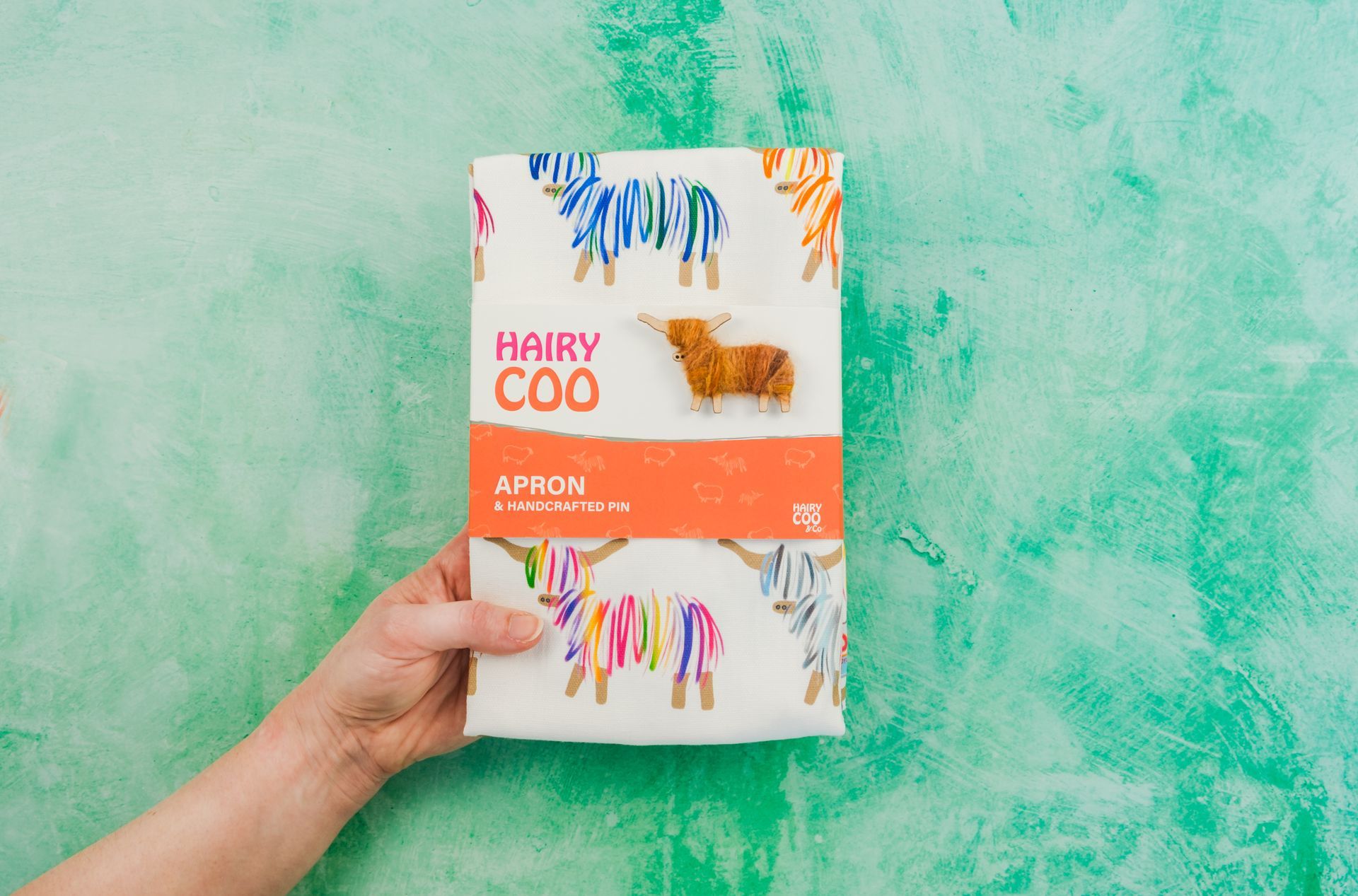Bridging the Gap: Integrating Print with Digital Marketing
How to Combine Print and Digital Marketing

In today’s world, audiences consume content across countless platforms, Instagram, LinkedIn, TikTok, YouTube the list goes on. Digital marketing has become the default strategy for most brands, and for good reason: it’s fast, dynamic, measurable, and everywhere your customers are.
But while digital is essential, print still holds a unique and undeniable value. In a marketplace where online content is churned out by the second, print materials stand out as tangible, trustworthy, and personal. The challenge isn’t choosing between the two, it’s learning how to make them work together.
Why Print Still Matters
Digital is noisy. Anyone can launch an ad campaign or post a reel, which makes it harder for customers to feel that what they’re seeing is authentic. Print, on the other hand, offers permanence and credibility. A beautifully designed leaflet, a high-quality poster, or even a direct mailing feels more personal than yet another sponsored ad in someone’s feed.
Print has the power to slow people down, to make them stop and notice. And when strategically connected to digital campaigns, it becomes a powerful trigger that reinforces brand presence across multiple touchpoints.
The Power of Cross-Platform Triggers
Imagine you’re out for a walk and come across a poster advertising a product launch or an upcoming event. Later that evening, while scrolling through Instagram, you see a reel promoting the same thing. Instantly, your brain connects the dots: this brand feels established, consistent, and credible.
This cross-platform reinforcement builds familiarity, which in turn builds trust. Customers don’t just see your message once and forget about it, they experience it in different contexts, making it far more likely to stick.
Creating Memorable Brand Experiences
Today, selling your products isn’t just about price or features, it’s about the experience. Does your audience enjoy interacting with your brand? Do they leave with positive associations and memories?
Print can play a crucial role in shaping that experience. A tactile, well-designed piece of print collateral feels intentional in a way that digital alone often does not. It can also be a starting point for deeper online engagement.
Picture yourself attending a local coffee brand’s pop-up event. They give you a beautifully designed postcard card that not only tells the story of their beans but also includes a QR code linking to a behind-the-scenes video of their roasting process. Later, when you see their ad on Instagram, you instantly recall the physical card in your hand and the personal story attached to it. This combination of print and digital leaves a lasting impression that’s far more powerful than either medium alone.
Print and Digital in Action
Here are some practical ways to integrate print with digital:
- Posters with QR codes: A poster in a café or on a busy street can link directly to your online campaign. QR codes are increasingly common, but they work best when they’re optional rather than the only access point.
- Direct mail with digital follow-up: Send a physical invitation or brochure, then retarget those same recipients with ads online to reinforce the message.
- Printed handouts at events: A leaflet with links to your social channels makes it easy for attendees to stay connected long after the event.
- Gift boxes and packaging: Well-designed packaging can include links to socials and websites to encourage further engagement.
Avoiding the Pitfalls
Of course, print-digital integration works best when it enhances the customer experience, not when it creates friction. For example, while QR codes are convenient, they aren’t foolproof. Poor signal, low phone battery, or weak WiFi can turn a simple interaction into a frustrating one. That’s why it’s important to design campaigns with flexibility in mind: always provide more than one way for customers to connect.
Final Thoughts
The most effective marketing today isn’t about choosing print or digital. It’s about creating a consistent, multi-platform experience that feels authentic and engaging. Print makes digital campaigns more tangible. Digital makes print campaigns more dynamic and reach further. Together, they help build trust, reinforce brand presence, and create memorable customer journeys.
In a world full of fleeting online content, the brands that will stand out are the ones that combine the best of both worlds, the credibility of print with the reach and speed of digital.




